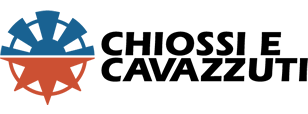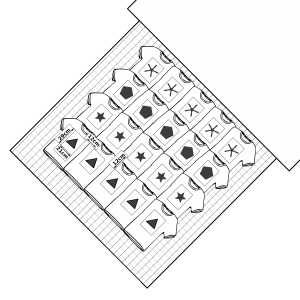Which is the ideal Dryer for your business?
Just like printing machines, dryers are strategic purchases to afford in the screen printing and digital business.
The right Dryer has decisive impact on the quality, efficiency and volume of the whole production line, therefore is key to consider first your needs to choose the proper solution.
Size matters
The first point to be taken into account is the current flow and the incoming volume of production. Generally speaking the longer the tunnel is, the fastest the conveyor belt speed can go, keeping the same drying time. On the other hand the width of the conveyor belt affects directly the quantity of garment’s rows loaded on.
Theoretical Production Examples:
3 minutes drying time (light garment digital print) – A4 print size – forced air electric Dryers
| Dryer | Tunnel length | Belt width | Rows of clothes | Hourly production |
| Ace 600 | 2 meters | 600mm | 1 | 90 pieces |
| Tandem 950 | 4 meters | 950mm | 2 | 360 pieces |
| Dual 1900 | 2 meters | 1900mm | 5 | 450 pieces |
| Tris 950 | 6 meters | 950mm | 2 | 540 pieces |
| Poker 1900 | 4 meters | 1900mm | 5 | 950 pieces |
Heating elements: IR radiant panels or forced air ventilation?
The role that plays the air heated during the drying process is another key factor to take in consideration.
Within radiant panels Dryers, IR lamps heat the garment at high temperatures in shorter time compared to forced air Dryers. Making it simple we could say that radiant panels heat the product’s surface and not the surrounding air. Hence you must adjust with care the precise distance and speed of the belt conveyor system, to avoid damage to the materials caused by excessive drying process.
Forced air Dryers don’t reach same temperature as fast but they can sustain the drying process in a more uniform way. We could call them “gentle” Dryers for the reason that they allow drying processes in a longer but more flexible way, ideal for digital printing on delicate garment.
There is also the hybrid configuration in which the power and speed of the IR lamps are mitigated in the last segment of the tunnel by the forced air ventilation.
Gas or Electric Dryer?
Lower the production costs is a matter to aim by every business and the correct analysis must evaluate pros and cons.
Usually electric dryers tend have smaller size and lower consumption costs and obtain among the best drying quality.
On the other hand gas dryers with larger tunnel can sustain higher production volume with great efficiency. Gas systems require additional fumes exhaust disposal and maintenance costs grow a little.
Belt conveyor optional systems
The conveyor belt is a high temperature resistant Teflon fiber with multiple configuration available:
- 1 single belt, easiest and cheapest solution
- 2 side by side belts, ideal to dry different materials with different speed
- 2 belts, so called “returning configuration”, allow the operator to stand still while the second belt below return the products at the starting point
- 4 belts configuration is composed by 2 side by side plus 2 returning conveyor belts having both these prior solutions
Inlet and outlet conveyor belt length is customizable at need: the standard is 1 or 1,5m but can be adapted to suit different production and environment conditions.
Share
NOV


